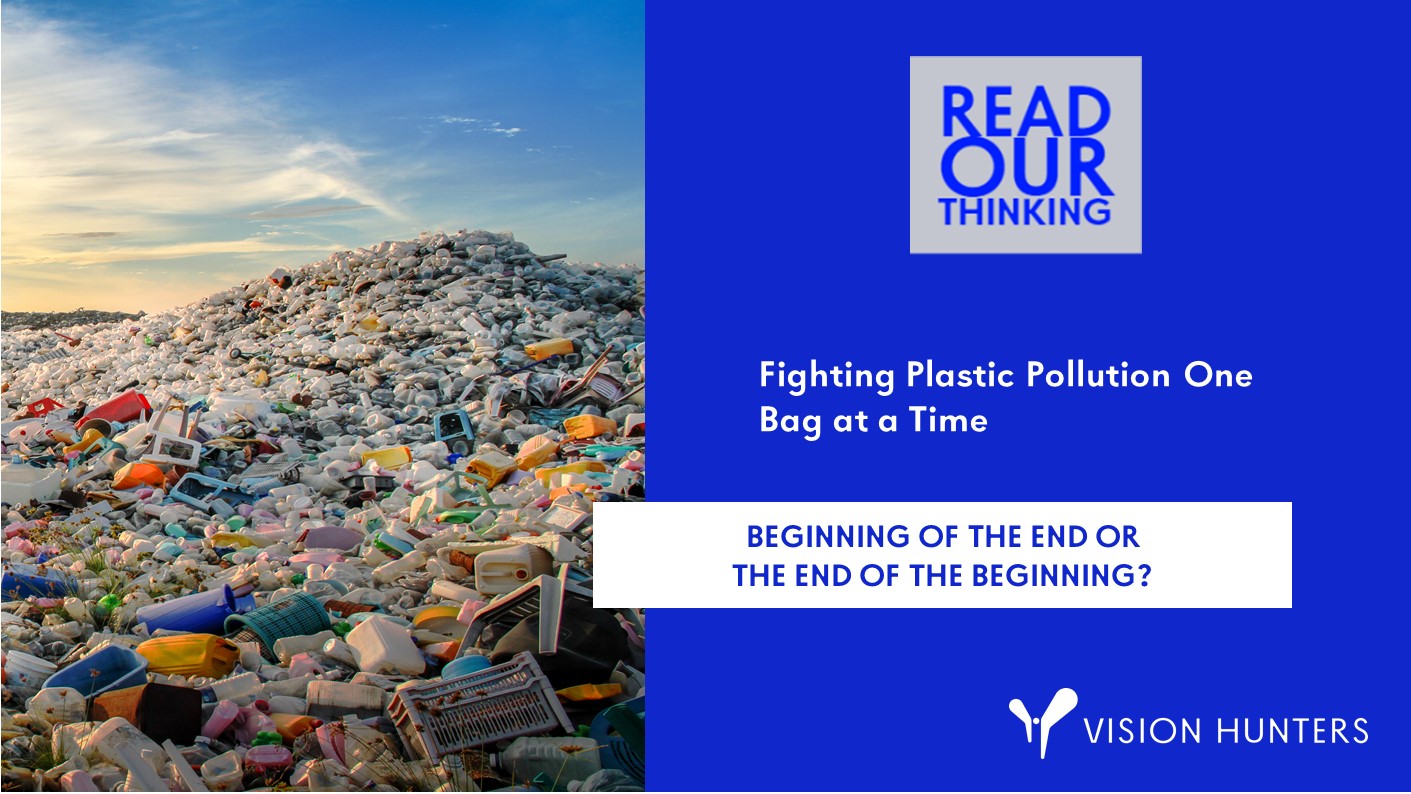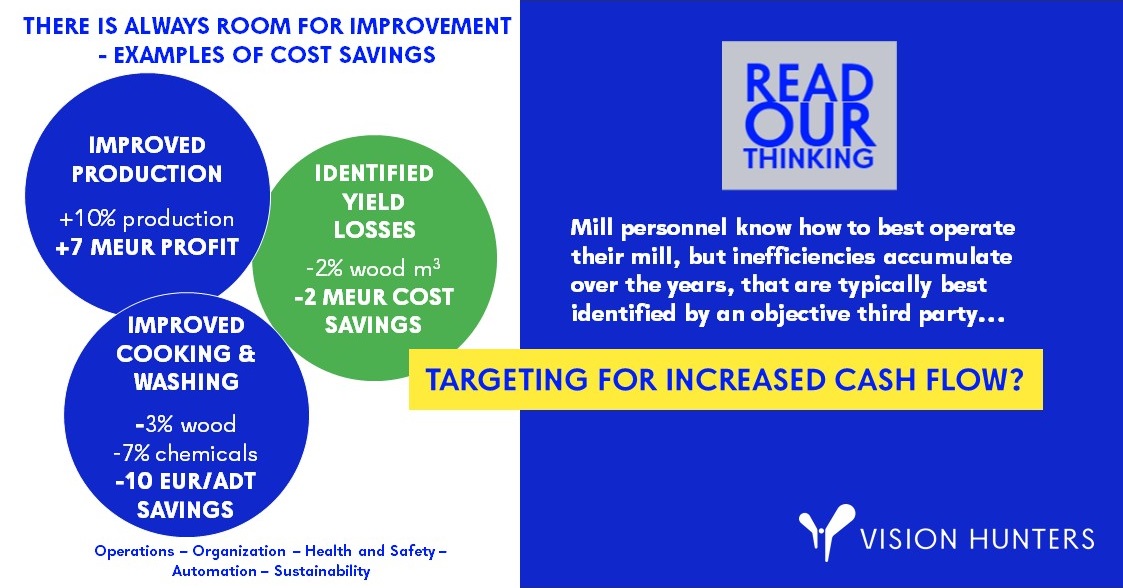Digitalization is used to create revenue, improve business, and to replace and transform business processes. Digital solutions offer tools for more competitive ways to run business. Digitalization is increasingly utilized to reach a higher sustainability performance and to meet the requirements of increased visibility and transparency in the end-to-end supply chain. A digitalization strategy is needed to deploy the full potential of digitalization, also in terms of sustainability.
March 1, 2021
Investing with consideration to issues beyond financial returns, or active ownership, has become widespread during the past decade. ESG investing implies investments that simultaneously seek both positive returns and positive impact on society and the environment considering ethical, governance and sustainability issues. Change has been driven simultaneously by regulators, clients, companies as well as asset managers.
July 17, 2020






